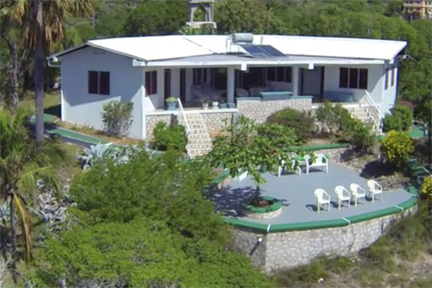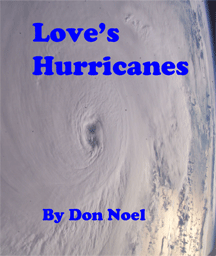Cambodia’s great lake, the Tonlé Sap, is for a few months each year the largest freshwater body in Asia: 75 miles long at its peak, almost as large as Lake Ontario. Its bounty contributed to the wealth of the Khmer Empire, which from 802 to 1431 – six centuries! – dominated much of what we now know as Thailand, Laos and South Vietnam.
The capital Angkor (now a tourist destination, Angkor Wat, near Siem Reap), at the north end of  the lake, tapped the lake’s waters through an elaborate reservoir-canal system to irrigate farms. But just as important for nourishment of that ancient capital was the piscatorial bounty of the great lake. I imagine the gastronomes of that era enjoying high cuisine fish from the Tonlé Sap at floodtide.
the lake, tapped the lake’s waters through an elaborate reservoir-canal system to irrigate farms. But just as important for nourishment of that ancient capital was the piscatorial bounty of the great lake. I imagine the gastronomes of that era enjoying high cuisine fish from the Tonlé Sap at floodtide.
I also imagine the inland rice-farming peasants of that era, like their counterparts today, augmenting sparse diets with nondescript fish that lakeside dwellers harvested by the basketful as the lake shrank. It is now, and must have been then, one of the world’s great food exchanges.
At its peak? At floodtide? As the lake shrank? Those phrases hint at a unique natural phenomenon: The Tonlé Sap more than doubles in volume from dry season to rainy.
How to account for that sometimes-huge, sometimes-diminished body of water? Perhaps a third of the lake’s annual expansion is from the rivers that drain the basin in which it lies: Little tributaries swell in a rainy season that begins in May and becomes a torrential monsoon in September and October – four or five feet of rain, some years ten feet!
For perhaps half the year, the great lake flows gently into a river (also, confusingly, called the Tonlé Sap) that merges 50 miles downstream into the great Mekong River near Cambodia’s present capital, Phnom Penh.
In the monsoon, though, the Mekong floods so high – a crest at Phnom Penh 40 feet higher than in dry season – that it pushes huge quantities of water up that Tonlé Sap river to re-flood the lake. More than half the water in the great lake comes from the mighty Mekong itself, flowing upstream through that tributary.
When the rains stop, usually in late October, the Mekong subsides. When its level is below that of the great lake, the tributary reverses and begins to flow downstream again, draining the lake.
I was in Cambodia on a journalistic fellowship when I first visited the Tonlé Sap a half-century ago. It was at peak flood; fishermen in flat-bottomed boats were out on the water . . . building fences! They wrestled woven bamboo mats and tall posts into long barricades, in waters near the shore that were six to ten feet deep.
And then they just waited until the waters began to recede. Vast numbers of fish that had spawned in the shallows when the great lake was at its highest would be trapped against those fences as the waters fell. Never mind hooks or lines; when the water had lowered a little more, those “fishermen” shoveled up their catch by the basketful.
I was fascinated. What would they do with the millions of fish thus scooped up?
Answer: They turned them into a fermented fishpaste called prahok — reeking as you might expect — that is a huge source of protein, and can keep as long as three years.
And who ate all that prahok?
Upcountry farmers. The same monsoons that flooded the lake also readied rice paddies for planting. Rice and other grains ripened just as the prahok was finished fermenting. Farmers drove bullock carts down to the shores of the diminished lake, where they exchanged grain for fishpaste, often as a straight swap with no currency needed.
Meanwhile, downstream at Phnom Penh, the moment when the Tonlé Sap River resumed flowing toward the sea had triggered a weeklong celebration, the Festival of Changing Waters. Prince-President Norodom Sihanouk (this was a few years before the Khmer Rouge revolution) presided with pomp and ceremony.
The important, life-sustaining celebration, however, was up there on the lake’s shores, where rice was exchanged for fishpaste. Even the slaughter perpetrated by the “red Khmers” (an estimated two million Cambodians died) had only a minor impact, I suspect, on a trade that went back centuries.
Sadly, it is threatened now by modernity. Hundreds of miles upstream, north even of the Golden Triangle of Myanmar (Burma), Laos and Thailand, China is building a series of dams on Mekong tributaries. The volume of water flooding that great river — and annually pushed upstream into the great lake — is already attenuated, and more dams are planned.
When a drouth year happens, coupled with the trapping of water by China’s upstream dams, the Tonlé Sap lake’s maximum flood may be reduced as much as 40 percent, by one estimate. I suppose the trade of upland grain for lakeside fermented fish paste will somehow continue; but I suspect that I saw it near its heyday.
I never did develop a taste for prahok, though.
-End-
Published in May 2023 by Wanderlust Journal





